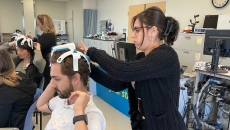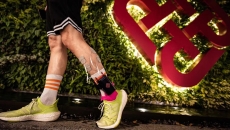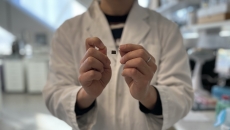wearables
The Scottish startup’s patent is for a WiFi ultrasound system.
It looks to onboard new commercial partners and further validate its products.
Its AI model can predict the accumulation of amyloid-beta protein, a major Alzheimer's biomarker.
Wearable sensors provide physiological biomarkers, helping to determine reasons for an athlete's performance and the necessity of altering training to avoid injury.
The device developed by Hong Kong researchers is said to be 40% more effective for rehabilitation of ankle-foot following a stroke than applying external mechanical forces alone.
The funding will support the University of Melbourne-led project's pilot in Australia.
It uses personalised AI that measures speech, neck movement, touch, breathing, and heart rates.
A study published in JAMA Network Open found Black children and those from lower socioeconomic backgrounds were less likely to participate and engage in research that used wearable devices.
The wearable uses its motion sensors to determine if the user has taken a hard fall and can contact emergency services if they don't respond.
According to a review of studies in the Lancet Digital Health, "a real risk of reidentification exists" when sharing data from wearable devices.






